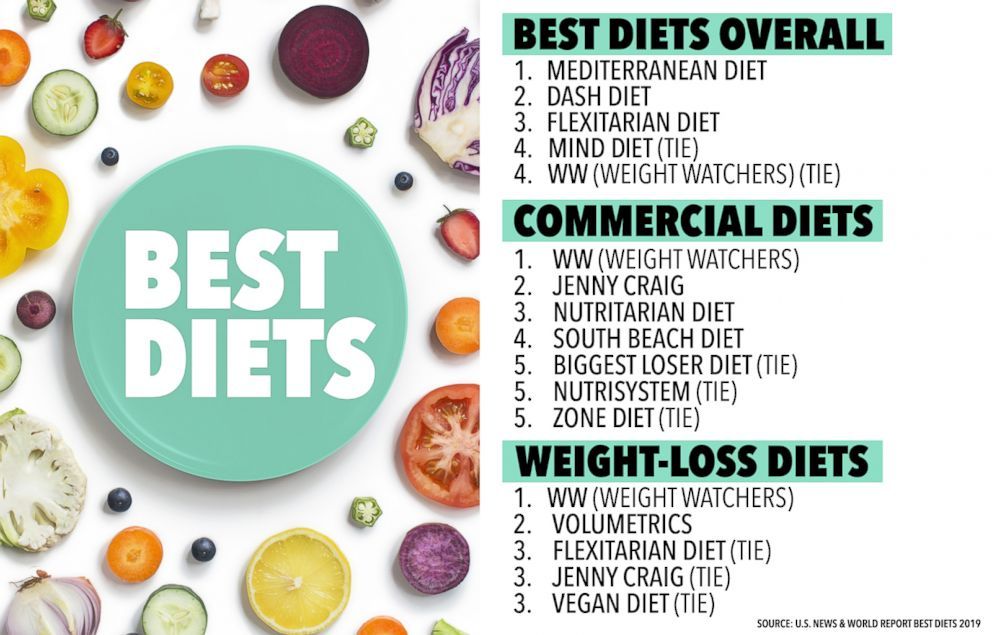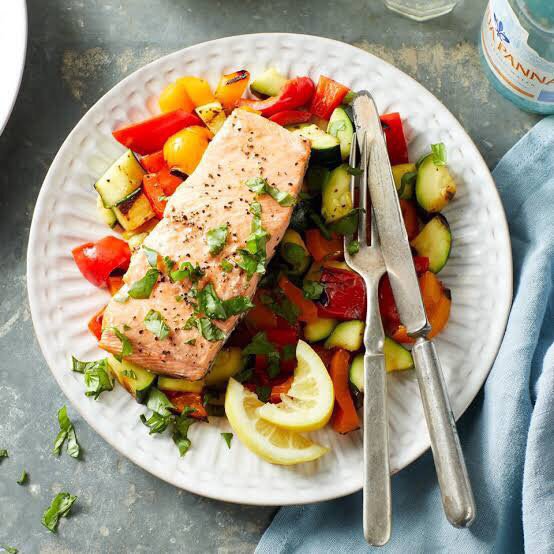
You should be aware of some side effects and precautions before you try a paleo diet to help diabetics. Modern fruits are selectively bred with a higher sugar content than historical fruit. You should pay close attention to the trends in blood glucose and carbohydrate intake to ensure you get the most from your diet. As a result, you may need to adjust your diabetes medication.
Side effects
The paleo diet is great for diabetics, but it can also have side effects. A high fat intake and low glycemic carbohydrate content may cause insulin resistance and weight loss in obese people. People with diabetes should avoid eating foods high in glycemicindex (GI), like fruit. Talk to your doctor if you're not already on the paleo diet.
One of the most controversial areas in the Paleo movement is dairy. Even though dairy products contain high levels of calcium and other nutrients, you should not eat hormone- or antibiotic-infused milk. You should instead choose high-fat milk with the right ratio of fats, proteins, carbohydrates. Bad breath can result from dairy products. This temporary condition will pass as your body adapts.
Precautions
The primary cautions for a diabetic person when following a paleo diet are to consult a nutritionist before beginning. The low-carb diet is good for diabetics who are taking insulin. However, you should be careful to avoid diabetic Ketoacidosis. This is when the blood sugar levels rise too high. Although it is not caused directly by ketosis, it can occur when blood sugar levels rise to dangerous levels.

The diet is low carbohydrate and high in vegetables. Consuming a balanced diet of fruits and vegetables can help with digestion and constipation relief. A balanced intake of omega-3 fatty acid and protein can prevent excessive inflammation that can lead to many health problems. Those with diabetes should consult a doctor before beginning a paleo diet.
Benefits
Paleo diets are beneficial for diabetics for many reasons. This diet helps stabilize blood sugar by reducing simple carbohydrates. This diet will also help restore the body's sensitivity to insulin. Simple carbohydrates cause blood glucose levels to rise and fall rapidly, making them a major problem for diabetics. Foods high in fiber, potassium, and other nutrients will help stabilize blood sugar levels. It is possible to slow down sugar absorption by pairing fruits and veggies with healthy fats, proteins, and other healthy foods.
13 participants were recently placed on a traditional diet plan developed by the American Diabetes Association. The goal of this study was to increase blood glucose control and lower the risk factors that can lead to metabolic syndrome. The Paleo diet had fewer carbs and more lean proteins. Overall, the diet helped patients lose excess weight. The patients saw remarkable results in three weeks.
Canola oil
Despite all the controversy surrounding canola oils, a recent study shows that they can be beneficial for those with diabetes. It can improve blood glucose levels and insulin sensitivity. Researchers caution that not all studies have been conducted and results may be inconsistent. Gluten-free diets have also become more popular in recent years. To cure celiac, patients should avoid gluten. Gluten can cause the body's immune system attack the gut and nervous systems. Chronic disease is caused by inflammation.
According to researchers, canola oil can improve blood sugar levels and improve glucose control. It improves blood flow. It can be combined with a healthy diet to help diabetics improve their glycemic control. This will lower their risk of developing heart disease or diabetes. The oil can also be used to make fried food without using too much oil. It is easy to add oil to your daily meals by adding a few tablespoons of the oil to each dish.
Reduction in refined carbohydrates

Paleo is a diet that doesn't include grains, sugar or processed foods for diabetics. This is because it has fewer carbs than a western diet. It may help lower blood sugar levels by limiting carbohydrates, and choosing foods with low Glycemic Index values. It may be an important tool in managing blood glucose levels in people with type 1 and type 2 diabetes.
This diet was designed to help diabetics. It is a comparison of the Paleo diet and the traditional diabetes diet. The former includes more dairy and refined carbs. The latter has more protein and fiber. These results revealed a decrease in hypoglycemic episodes as well as a delay in insulin therapy. The results of the study are not as positive as those from the Paleo diet. However, they are worth taking into consideration.
Improved insulin sensitivity
Paleo, a trendy diet plan, emphasizes whole and unprocessed foods. But dietitians tend to be cautious about diet fads. Many trendy diets encourage consumption of processed and refined food, which isn't sustainable or budget-friendly. Despite this, the Paleo diet has a number of benefits for diabetics.
Researchers studied 13 patients suffering from type 2 diabetes and fed them a Paleolithic-style diet. This included lean meats, fruits, vegetables, root veggies, and other healthy foods. There was no significant difference between them, but the paleolithic diet group had lower HbA1c values and greater insulin sensitivity. People following the diet had significant reductions both in blood pressure as well as waist circumference.
FAQ
Do I require any special equipment?
It doesn't take any special equipment or tools to learn to cook. However, the right tools can make it easier to cook. You could, for example, use a spoon to make pasta or a whisk to whip the egg whites into stiff peaks. The right tools make cooking easier and faster.
How much does culinary school cost?
The cost of a culinary school depends on where you are, how much you study, and what program or course you choose. The average tuition cost is $10,000-$30,000 annually. The majority of students graduate with around $20,000 in student debt. However, some programs offer scholarships, grants, and work-study opportunities.
Is it possible to be self-taught?
Yes, you can be a self-taught cook! It is something everyone enjoys, regardless of their level of cooking ability. Learn how to cook at home. Start small, like making pancakes for breakfast or spaghetti sauce for dinner. You can learn the most by trying new recipes and making mistakes. It's possible that you will make mistakes.
You can learn to cook in a matter of hours or weeks depending on your level of cooking ability. Cooking is more than following recipes. There are many different ways to prepare food, so if you have an idea in mind, go with it.
How can I motivate myself to cook?
Sharing food with friends and family is a great way to have fun cooking. Cooking for your own family is much easier than making meals for others. If you want to be motivated to cook, try making something new. You will be able to learn new techniques and ingredients. To expand your culinary skills, you can also make use of recipes from other cultures.
How to be a Chef
There are many avenues to become a professional chef. Begin by enrolling at a community college. You can then look into going to culinary school. Finally, consider a paid internship.
How long does cooking take? How long do I need to learn to cook?
It depends on what kind of skill level you are trying to achieve. Some people can master basic cooking techniques in a matter days. Others may take months or years to master the basics of cooking.
The person who is learning to cook can vary in the amount of time they need. A person who has never cooked before will likely need more time to learn than someone who is a regular cook. You may also need more experience with certain types of cooking than others. Baking requires more knowledge than frying.
A specific technique will help you cook faster. Once you've mastered that technique, move on to another one. Don't worry too much about the exact number of days or weeks it takes to learn to cook. Keep practicing and having fun with the whole process.
Statistics
- The median pay for a chef or head cook is $53,380 per year or $25.66/hour, according to the U.S. Bureau of Labor Statistics (BLS). (learnhowtobecome.org)
- In the United States, the category is estimated at $23.2 billion annually and is growing faster than the market. (washingtonpost.com)
- You'll be amazed that over 90% of CIA students receive scholarships and grants to finish their culinary studies. (ischoolconnect.com)
External Links
How To
How to make a perfect Omelette
Omelets are my favorite breakfast dish. How can you make them perfectly? I've tried many different methods and recipes, but none of them seem to work! Today, I'd like to share some tips with you in order to make delicious and fluffy omelets every day.
We should first know that eggs are very temperamental ingredients when making omelets. They must be fresh, preferably from the organic market, and be kept cold until cooking. They must be kept cool, otherwise the whites will not form properly and the yolks may become runny. Your omelets will look strangely colored if this happens. If you plan to cook the eggs right away, it is best to use room temperature eggs.
Another tip is to separate each egg before adding them to the saucepan. It is important not to allow any white to mix with the yolk as this could lead to the omelet becoming curdled.
The bottom part of an egg that is added directly to the stovetop might be burned, which could cause a ruined texture in your omelet. Instead, put the egg in the microwave for 10 seconds before putting it into the pan. The microwave heat cooks the eggs just right without overcooking them.
Let's now talk about mixing eggs. Mixing eggs together is important. You need to beat them well. To do this, take the bowl from the mixer and flip it upside-down. Next, shake the bowl vigorously. This will whip the air around the bowl and mix the egg well.
The fun part is now - adding the milk to the mixture. Fold the eggs in the milk mixture by first pouring half of it into the egg whites. If you still see streaks of eggs, don't worry. These streaks will disappear once the omelet has been turned over.
After folding the eggs, place the pan on medium heat and wait for the oil to start sizzling. Once the oil begins to heat, add 1/4 cup butter and swirl the pan to coat it. The lid should be carefully opened. Sprinkle salt in the pan. Salt will prevent the omelet sticking to the pan.
Cover the pan once the omelet is formed and allow it to cool completely. Flip the omelet over using a spatula or flip the pan upside down. Cook the other side for another minute or two. Take out the omelet and place it in a bowl.
This recipe is best when used with whole milk. But, you can use skimmed milk as well.